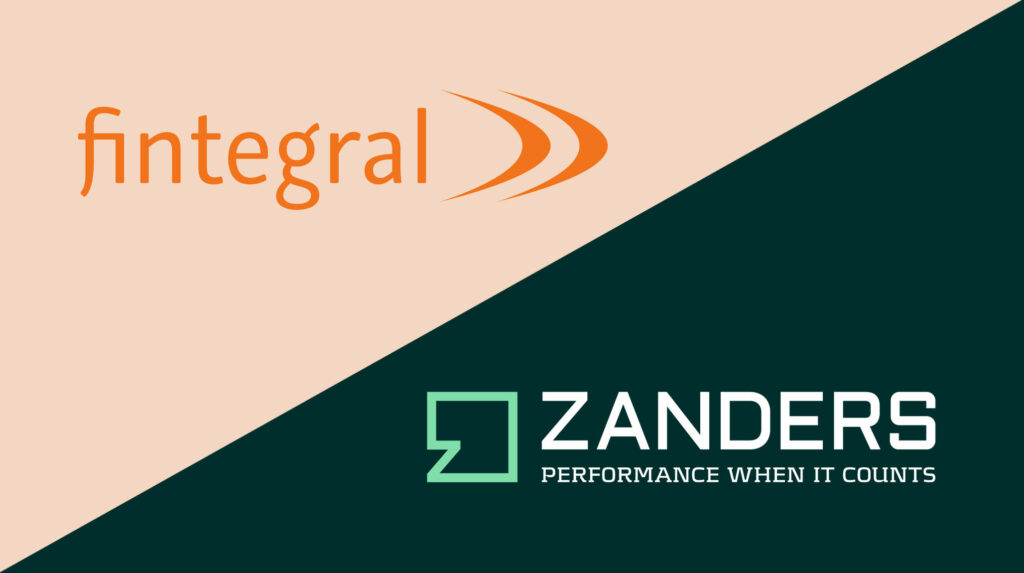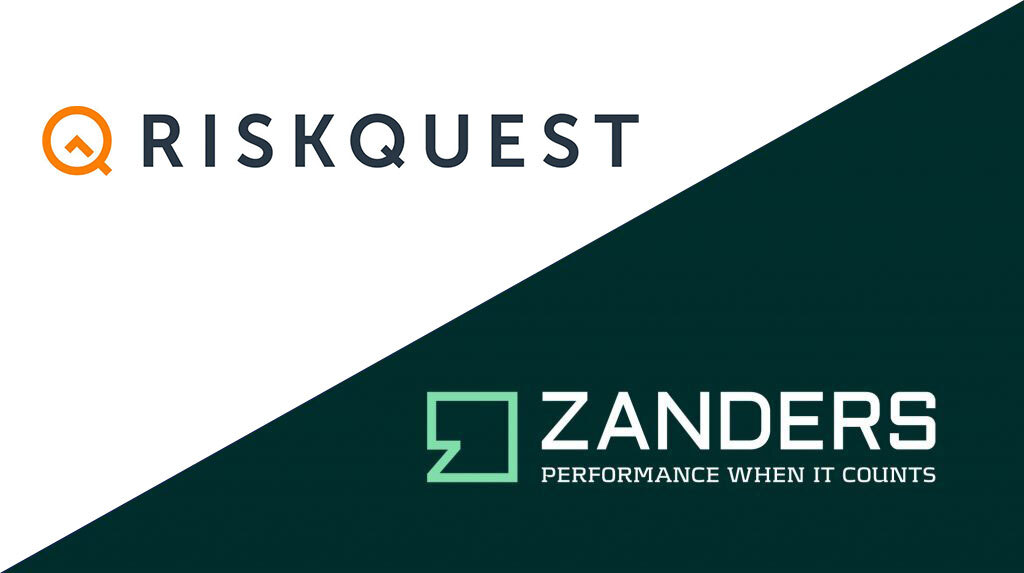We have developed a machine learning model for a leading Dutch bank with over EUR 300 billion in assets to detect potential money laundering activities within its high-net-worth client segment.
Challenge
Anti-Money Laundering (AML) models typically struggle with a common issue: a limited number of true positive cases for effective model training. To address this, most AML models incorporate some form of anomaly detection to identify unusual patterns in client behavior.
We focused on the bank’s wealthiest clients, identified by a minimum asset threshold. This presents a unique challenge because, by nature, these clients are already statistical outliers. As a result, we needed to identify anomalies within this group of outliers, significantly increasing the model's complexity.
The bank has an existing model in place, and our role is to enhance its performance, with a focus on:
- Redeveloping peer groups
- Reducing false positives in AML detection
Model Development
Like most machine learning projects, the development lifecycle is divided into three key phases: feature engineering (which takes up most of the time), modeling, and testing/implementation.
We designed model features to ensure that normal client behavior corresponds to lower values, while anomalous behavior triggers higher values. This approach enhances the effectiveness of anomaly detection models.
Collaborating closely with operations analysts, we refined these features to minimize obvious false positives among top-scoring cases. As a result, clients with legitimate activities are less likely to receive high anomaly scores in the final model.
Peer Groups
Detecting anomalous behavior among high-net-worth clients—who are all outliers by nature and exhibit highly diverse transaction patterns—requires a nuanced approach. To address this, we grouped clients based on their transaction behaviors to form peer groups.
Key features were then evaluated by measuring how much a client’s behavior deviated from that of their peers. This method identifies anomalies by comparing clients to peers with similar transaction patterns.
Our role involved revisiting and refining these peer groups to enhance the effectiveness of peer-based features, ultimately improving the model’s overall performance.
For more information, visit our Financial Crime Prevention page, or reach out to Johannes Lont, Senior Manager.







































